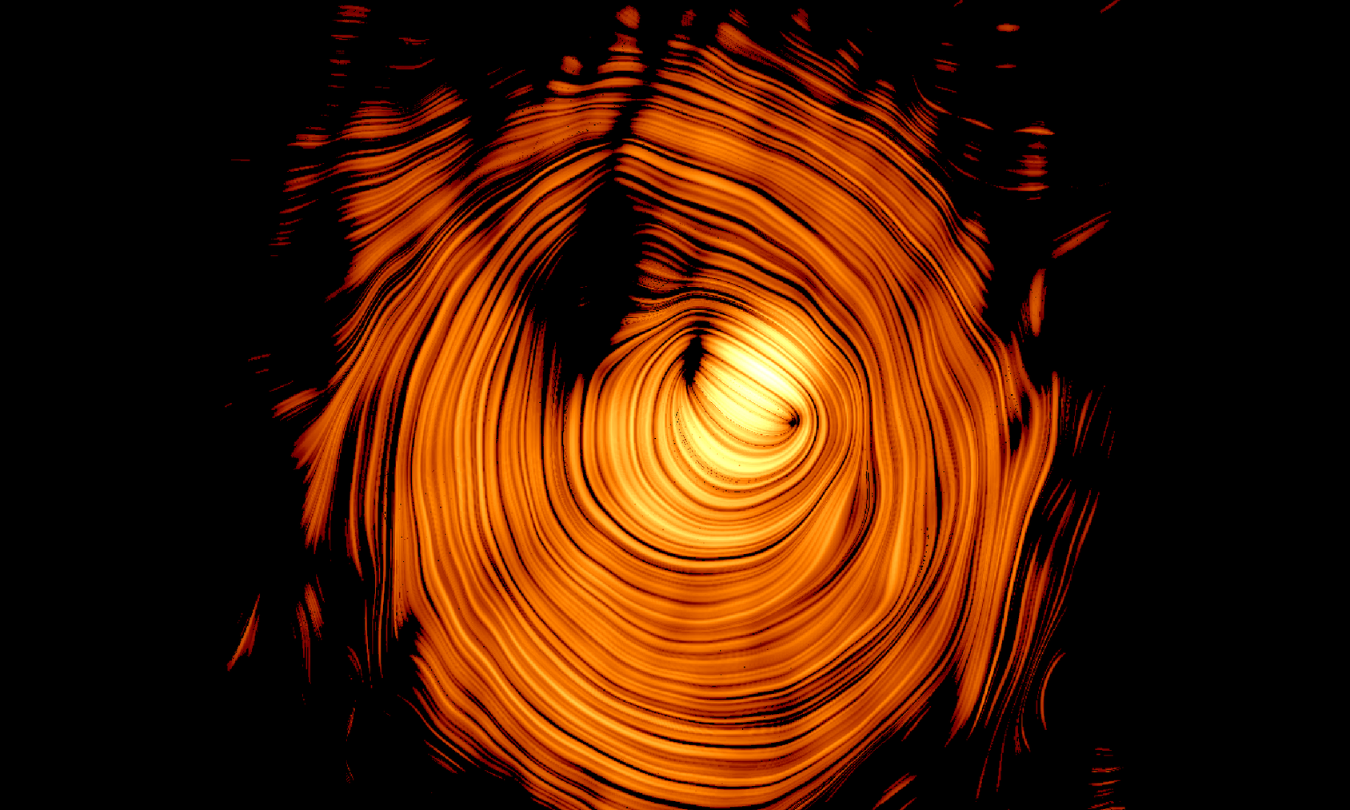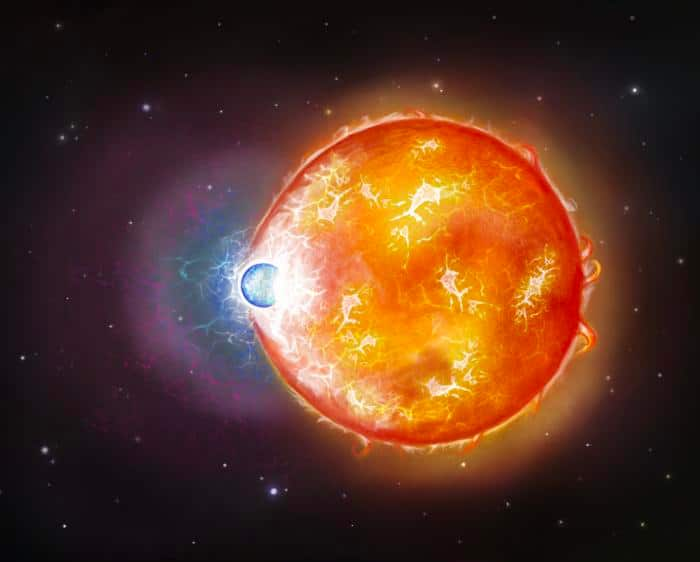A New Stellar Phenomenon: V462 Lupi Shines Bright in the Night Sky

A new star has emerged in the constellation Lupus, captivating astronomers and stargazers alike thanks to a surprising explosion within our own Milky Way galaxy. This phenomenon can currently be observed with the naked eye from certain regions in North America, adding a dash of excitement to the celestial landscape.
The journey of this newfound star began on June 12, when astronomers from the All-Sky Automated Survey for Supernovae at Ohio State University first detected a new point of light in the sky. Initially, this light had an apparent magnitude of +8.7, which, while still too faint for the unaided eye, sparked interest among the scientific community. To put this in perspective, a lower magnitude value indicates a brighter object; for example, the moon shines at an apparent magnitude of -12.7, which makes it incredibly bright compared to most stars.
As days passed, the object, which temporarily held several designations including AT 2025nlr, ASASSN-25cm, and N Lup 2025, continued to brighten, prompting researchers to delve deeper into understanding its nature. Astronomer Yusuke Tampo, affiliated with the South African Astronomical Observatory at the University of Cape Town, conducted a detailed analysis of the light emanating from this mysterious object. His findings indicated that it is likely a classical nova — a spectacular explosive event where a star dramatically increases its brightness for a brief period. By June 16, this celestial body was officially named V462 Lupi.
Just two days later, on June 18, V462 Lupi had brightened to an apparent magnitude of +5.7, making it visible to the naked eye under the right conditions. This dramatic increase in brightness makes V462 Lupi approximately 4 million times brighter than its extremely dim progenitor star prior to June 12, as noted by Spaceweather.com. Excitement is building around the possibility that this nova may continue to brighten in the coming days, which would make it even more accessible for casual observers.
Located in the southern hemisphere, the Lupus constellation is home to V462 Lupi, but it is also visible from parts of North America, particularly close to the southern horizon shortly after sunset. Reports from amateur astronomers in various locations, including Arizona and California, as well as farther north near Lake Superior, confirm sightings of this remarkable nova. While it may be possible to see V462 Lupi with the naked eye, using a good telescope or binoculars is recommended to enhance viewing, especially for those in the northern regions where conditions may be less favorable.
Understanding novae is essential to appreciating this stellar event. Unlike supernovas, which can obliterate a star completely, a nova affects only the outer layers of a star. Classical novae occur in binary star systems, where a white dwarf star siphons material from a larger companion star. When enough material collects on the surface of the white dwarf, pressure builds until it triggers a violent explosion, releasing a dazzling display of light that travels towards Earth.
Such naked-eye classical novae are rare phenomena. According to representatives from Spaceweather.com, they appear on average only once a year, often hovering near the threshold of visibility. Some novae even recur at regular intervals, such as the T Coronae Borealis nova, known as the "Blaze Star," which lights up the skies approximately every 80 years. However, despite predictions of its return over the past 15 months, the Blaze Star has yet to make an appearance, highlighting the unpredictable nature of these celestial events.
As V462 Lupi shines for the first time in recorded history, astronomers remain uncertain as to whether or when it will erupt again in the future, making this a momentous occasion in the study of stellar explosions.






























